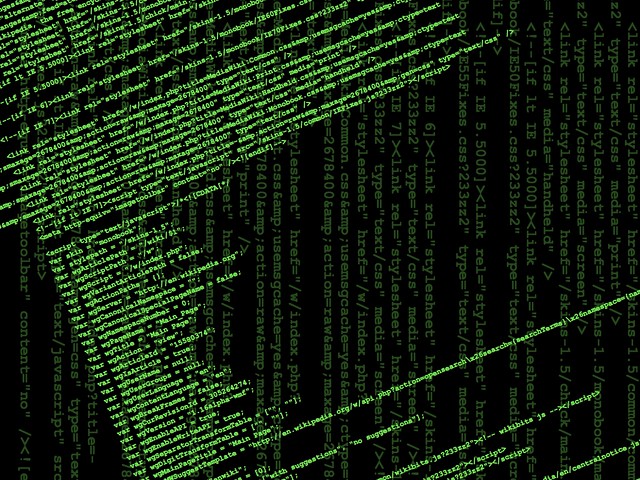
If, like me, you have been using technology for a while now, you will be used to the constant release-by-release bloating of software. The first time I installed Excel it was version 2.2 and at the time it fit comfortable on a 1.4mb 3.5″ floppy disk – remember floppy disks?
In a pleasant bucking of that trend, SAP’s Holger Faulhaber told me in a recent call, that the latest version of their NetWeaver platform (v. 7.3) is a much leaner beast! While it is unlikely to fit on a floppy disk, it does have some significant performance wins, along with the simplified architecture and the functionality improvements you’d expect from an upgrade.
One of the main reasons for the improvements are SAP’s dropping of its two-stack approach in favour of a single Java stack for NetWeaver 7.3. This significantly reduces the amount of hardware which needs to be deployed and also because messages only need to be stored once, compared to 3-7 times previously, you get even more energy savings.
To demonstrate this, SAP carried out testing of their new NetWeaver Platform using the SAP Application Performance Standard (SAPS).
SAP defined a medium-sized landscape as being 37,500 SAPS for a NetWeaver Process Integration (PI) customer. Based on that they found that the savings potential for PI is in the region of:
– 60% less energy consumption or around 18,000 kWh/yr
– 16 tons of CO2 savings per landscape/year and
– ?6.5k saving potential per landscape/year
The numbers for NetWeaver Portal 7.3 are for an SAP defined medium sized landscape of 30,000 SAPS. In that case, you see a savings potential of:
– 30% less energy consumption, 13,000 kWh/yr
– 6.5 tons od CO2 savings per landscape/yr and
– ?2.6k saving potential/yr
While for NetWeaver Business Process Management 7.3 the potential savings for a 30,000 SAPS medium sized customer are:
– 57% less energy consumption, 24,000kWh/yr
– 12 tons of CO2 savings per landscape/yr and
– ?6k saving potential per landscape/yr
The new software was tested on identical hardware to the previous version to rule out any efficiency gains from improved hardware according to Holger. He went on to mention that SAPs Quick Sizer [PDF] tool to help customers design their SAP landscape – has been updated for 7.3 so you don’t overspec your SAP installation.
“One of the main learning for SAP from this exercise is that I/O is expensive. For current tasks, it is nearly 3 times more expensive than utilising the CPU”, according to Holger. “Because of this we are now telling developers not write to locks, don’t write to the db – dropping locks increases performance” he continued. It will be interesting to see if SAP can move developers towards writing more energy efficient code.
This is a big potential win for SAP customers. Now they can gain significant performance and energy gains with a simple software upgrade, as opposed to having to buy any new hardware.It’d be great to see more companies adopting this type of approach to software development.
You should follow me on Twitter here
Photo credit Marjan Krebelj
